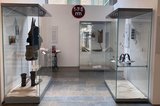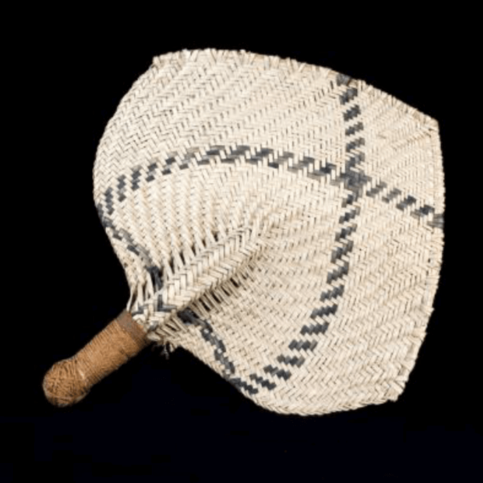The Colonial Ethnological Collections in the Roemer- und Pelizaeus-Museum Hildesheim
Reconstruction of Collection Biographies and Regional Networks
The main objective of the subproject at the Roemer- und Pelizaeus-Museum Hildesheim is a study of very heterogeneous individual collections as well as of their acquisition histories, which are a key aspect of the respective object biographies. Various approaches are used to shed light on strategies of collecting that were possibly employed before 1918: research at the Hildesheim City Archive, consultation of additional documents in other archives, and the study of other sources (colonial documents, travel reports, diaries, etc.) that have as yet received little attention. A special focus is on the collectors, many of whom are little-known, and their role in the context of the acquisition of collections in the colonial era.
In 2017/18, acquisitions of objects not only from the German colonies but also from those of other colonial powers were already the subject of a predecessor project at the RPM. The focus of that project, which was funded by the Niedersächsische Sparkassenstiftung and the Sparkasse Hildesheim Goslar Peine, was on objects received from the Royal Museum of Ethnography Berlin. The regional focus of the current PAESE subproject is on collections from Oceania (Museum Godeffroy, Hamburg), Africa (Namibia), and Indonesia/the Dutch East Indies (Muhlert collection). However, the collectors’ networks are a focus of research as well. This is why other important collections, some of which were compiled by natives of Hildesheim (e. g., the Stelling collection from Sulawesi), are also the subject of study, because their acquisition was owed to the international connections not only of Hermann Roemer but also of Achilles Andreae and Rudolf Hauthal who succeeded him as directors. The Hildesheim City Archive is likely to yield information on the history of these collections.
As early as in 1844 when the Hildesheim museum was born, non-European material culture was explicitly included in the multi-disciplinary exhibits to be presented at the “World Museum” envisioned by its founders. From the very beginning there were efforts to acquire ethnographic objects and collections. It is not surprising, then, that the museum’s ethnographic collections are a mirror of the colonisation of the non-European world. The holdings from Oceania and Africa increased significantly at the Hildesheim museum between 1871 and 1918. However, there is no evidence that the museum’s post-1884 strategy of collecting had a specific focus on objects from the German colonies.
The subproject is thus intended to shed light on the colonial contexts of acquisition of the individual collections. Research is conducted on the provenance of the objects, the collectors (biographies), the manner and circumstances of acquisition (local context) as well as on the respective contexts of musealisation.
The project came to an end in December 2021. Please direct project-related enquiries to the head of the sub-project Dr. Andrea Nicklisch.

The project came to an end in December 2021. Please direct project-related enquiries to the head of the sub-project Dr. Andrea Nicklisch.
Among other things, the subproject has resulted in a small special exhibition, “Heavyweight Fashion. Traditional Clothing and Adornment of Herero Women”, which is shown at the Roemer- und Pelizaeus-Museum from 11 February until 8 November 2020.

Contact:
Researcher:Dr. Sabine Lang
Head of the Subproject: Dr. Andrea Nicklisch
Director: Prof. Dr. Regine Schulz (Roemer- und Pelizaeus-Museum Hildesheim)
